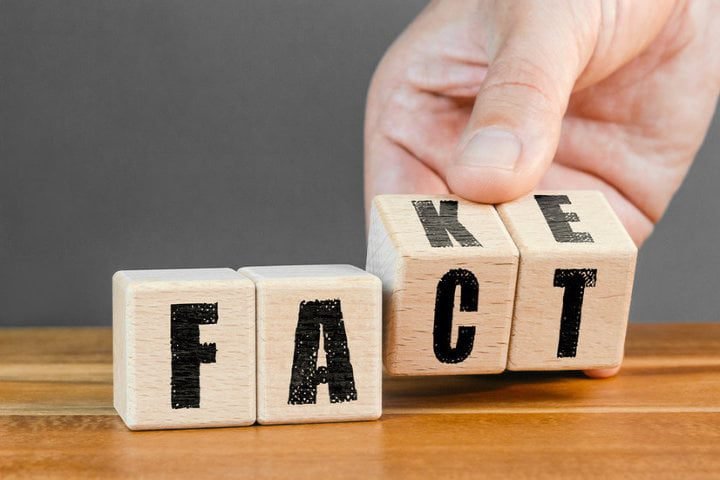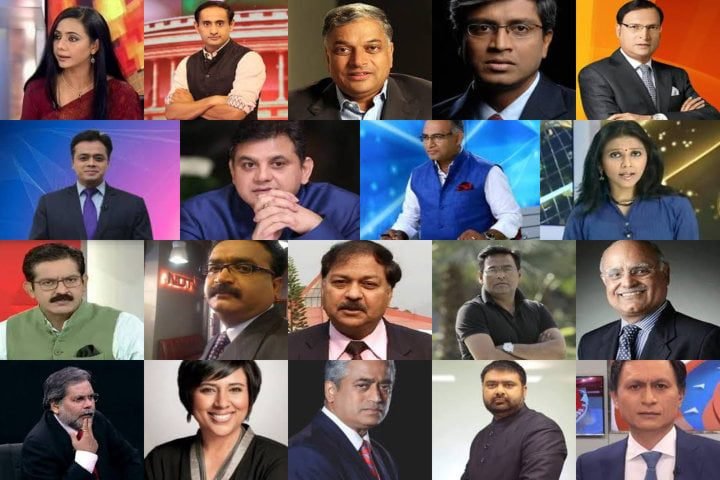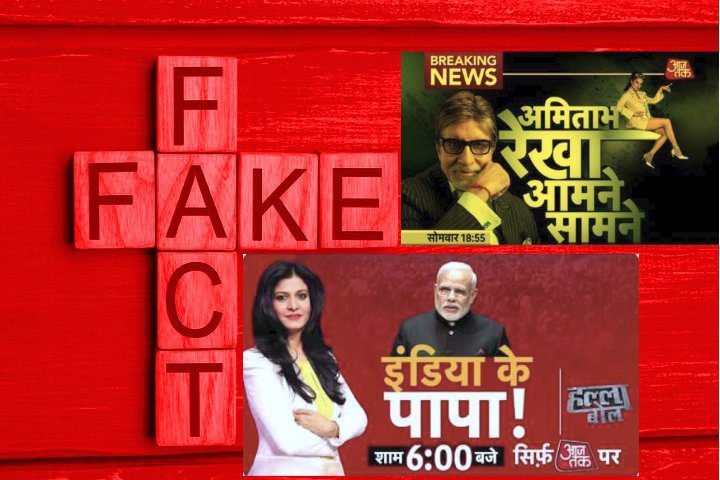CUET UG Journalism
Introduction to Fake News
The term “fake news” has become increasingly common in our everyday conversations. In today’s digital age, rapidly disseminating false information and misleading content is a significant concern. These incidents can have far-reaching consequences, influencing public sentiment and shaping political discussions.
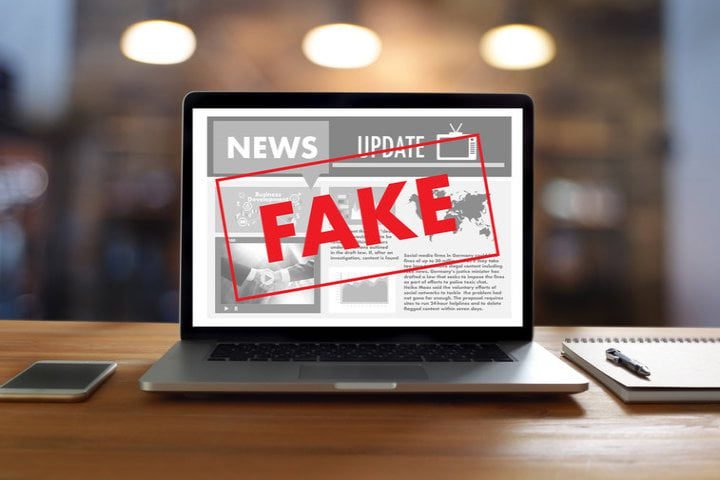
It is important to differentiate between facts and falsehoods in today’s world. Therefore, knowing the strategies and tools to combat fake news is crucial.
Definition of Fake News
“Fake news” refers to false or misleading information presented as news to deceive or manipulate the public. It can be spread through various mediums, such as social media, websites, and traditional news outlets.
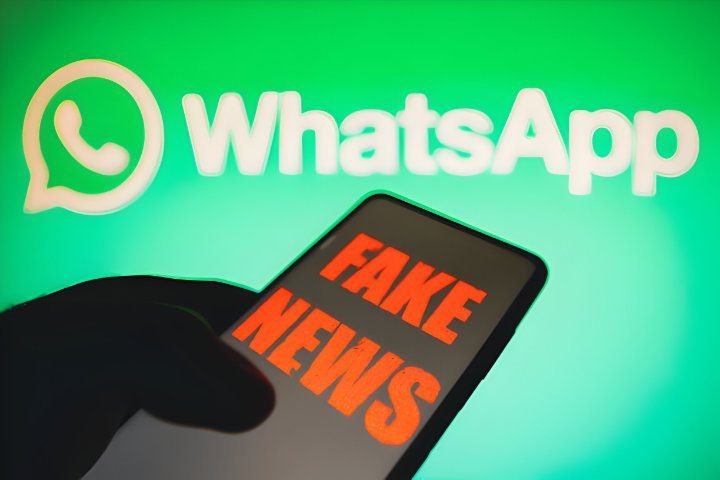
With the rise of digital technology and social media platforms, the spread of fake news has become a significant concern in today’s society.
Importance of Fake News Detection
Fake news detection is crucial to protecting the public from being misled and making decisions based on false information. It helps maintain the credibility of news sources and ensures that the public is well-informed about current events. Individuals can make informed decisions and form opinions based on accurate information by identifying and debunking fake news.
Impact of fake news on society
The spread of fake news can harm society, leading to misinformation, confusion, and division among citiznes. It can also influence public opinion, political elections, and social movements.
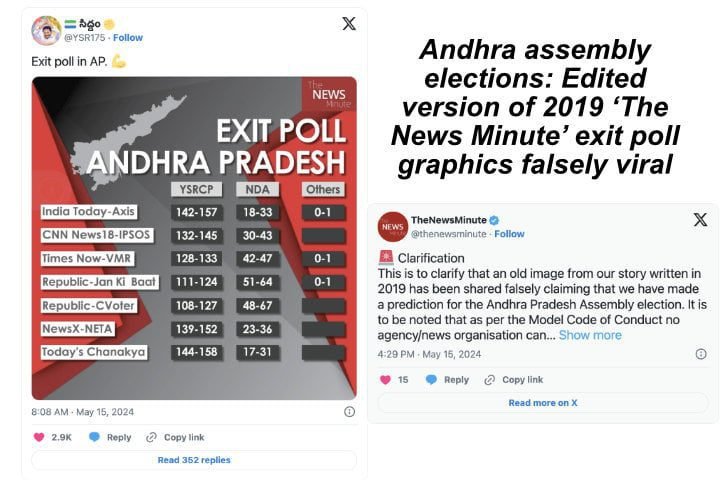
In extreme cases, fake news can incite violence or harm the reputation of individuals or organizations. Therefore, detecting and combating fake news is essential to maintaining a well-informed and cohesive society.
Techniques for Detecting Fake
News Fact-checking Websites
One effective technique for fake news detection is through fact-checking websites. These websites dedicate themselves to verifying the accuracy of news stories and refuting false information. By cross-referencing information with reliable sources and conducting thorough research, fact-checkers can determine the credibility of a news story.
The International Fact-Checking Network (IFCN) at Poynter, a global nonprofit, aims to strengthen democracy by improving journalism practices through teaching, publishing, fact-checking, and media literacy. It has a short course on “Hands-On Fact-Checking” in collaboration with the American Press Institute and funded by the Google News Initiative.
It also provides information on digital tools to verify everything online in the form of a short-term course.
The Ministry of Information and Broadcasting (MIB), Government of India, is entrusted with disseminating information about government policies, schemes, and programs through various communication mediums, including press releases, press conferences, webinars, publication of books, etc. The Press Information Bureau (PIB) carries out this crucial function for the ministry.
However, the spread of fake and manipulated information, especially related to the functioning of the government, is dangerous to society, as it can intensify social, economic, and political conflicts and even weaken public trust in democratic institutions.
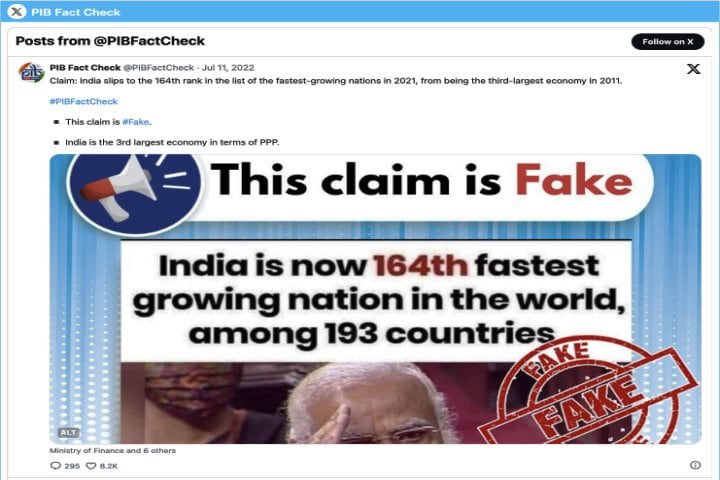
Therefore, in November 2019, PIB established a Fact Check Unit to tackle fake news about the Government of India, its various Ministries, Departments, Public Sector Undertakings, and other Central Government organizations.
Another popular website for fact-checking in India is Alt News. This digital venture aims to expose false news and promote factual and authentic information. The website fact-checks suspected misinformation using evidence-based research.
Use of Algorithms and Machine Learning
Another method for fake news detection is using algorithms and machine learning technology. These tools can analyze large amounts of data and patterns to identify misinformation and disinformation.
By detecting inconsistencies in language, sources, and other factors, algorithms can help flag potentially fake news stories for further investigation.
Patterns in Data
AI can be used to analyze text and identify patterns that indicate whether a piece of information is true or false.
Machine learning algorithms can be trained on a dataset of fact-checked news articles to identify patterns that indicate the truthfulness of an article. These algorithms can then analyze new articles and flag likely false ones.
Natural Language Processing (NLP)
Another approach that is being used is natural language processing (NLP), a subfield of AI that deals with understanding human language. NLP techniques can analyze text and identify key phrases and words associated with fake news.
For example, certain words and phrases may be associated with conspiracy theories or misinformation, and NLP algorithms can be trained to identify these patterns in text.
Crowdsourcing and Community Reporting
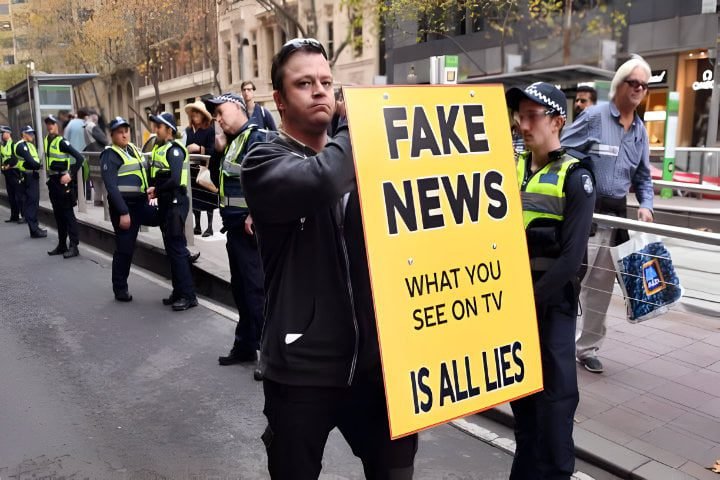
Crowdsourcing and community reporting are also valuable techniques for fake news detection. By involving a large group of individuals in fact-checking and verifying information, it is possible to identify false news stories and prevent their spread quickly.
Community reporting allows diverse perspectives and expertise to be brought to the table, increasing the chances of uncovering fake news.
Challenges in Detecting Fake News
Rapid spread of misinformation
One of the main challenges in fake news detection is the rapid spread of misinformation on social media platforms. With the rise of digital technology, false information can be shared instantaneously with millions of users, making it difficult to determine the accuracy of the news being circulated. People may accept misinformation as truth before fact-checking or debunking due to its rapid spread.

Confirmation Bias
Another challenge in fake news detection is confirmation bias, where individuals seek information that aligns with their preexisting beliefs and opinions.
This can make it harder for people to critically evaluate the credibility of news sources and stories, as they may be more inclined to believe information that confirms their biases, even if it is false. Overcoming confirmation bias is crucial in accurately discerning between real and fake news.
Lack of regulation and oversight
The digital media landscape’s lack of regulation and oversight is a significant challenge in detecting fake news. With the increase in online news sources and social media platforms, there is often little accountability for spreading false information.
Because of lack of regulations, fake news can spread easily without any consequences. This makes it harder for people to tell if the sources they come across are reliable.
Stricter rules and more oversight can help stop the spread of fake news and encourage people to use more reliable sources of information.
Verifying the Authenticity of News Sources
One common strategy used to verify the authenticity of news sources is fact-checking. Fact-checkers analyze the claims made in news stories and verify their accuracy by cross-referencing with reliable sources and data.
Another strategy is to look for bylines and author information to ensure the news comes from a reputable source. Examining the website or publication’s domain can help determine if the news source is legitimate.

Social media platforms have also implemented tools to flag potentially false information and give users context about the source’s credibility. Critical thinking, fact-checking, and media literacy skills are essential in detecting fake news.
Role of Media Literacy in Fake News Detection
Critical Thinking Skills
Critical thinking skills are essential when it comes to detecting fake news. Media literacy encourages individuals to question the information they come across, analyze its credibility, and consider the source before believing or sharing it. Individuals can better distinguish between real and fake news by developing critical thinking skills.
Promoting Media Literacy
Education initiatives are vital in promoting media literacy and empowering individuals to make informed choices as information consumers. Schools and organizations can implement programs to teach students important skills like source evaluation, fact-checking, and bias recognition in news reporting. Integrating media literacy education into the curriculum empowers students to recognize and counteract fake news.
Tips for identifying fake news
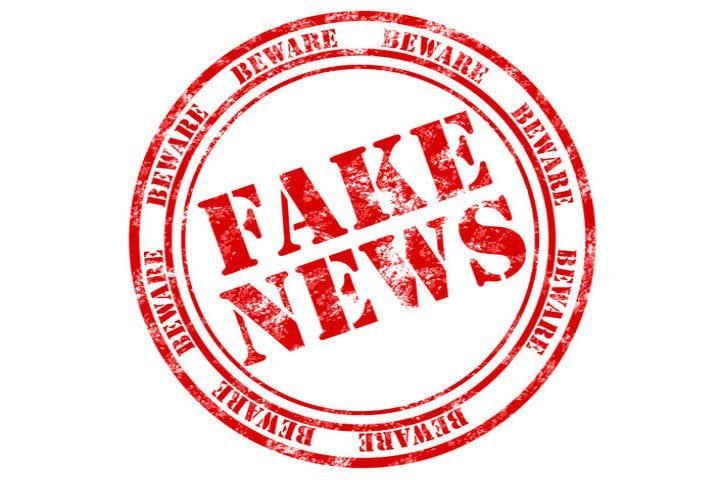
There are several tips and strategies that individuals can use to identify fake news. Some of these include:
- Checking the credibility of the source
- Verifying the information with multiple sources
- Looking for bias or sensationalism in the reporting
- Fact-checking claims before sharing them
By following these tips and being vigilant information consumers, individuals can better protect themselves from falling victim to fake news.
Future Trends in Fake News Detection
Using Technology for Fake News Detection
As technology evolves, there will likely be advancements in fake news detection tools and algorithms. We already use machine learning and artificial intelligence to identify patterns and inconsistencies in news articles and assess their credibility.
In the future, we may see even more sophisticated algorithms that can detect fake news more accurately and efficiently.
Collaboration between Stakeholders
Collaboration between tech companies, media outlets, and government agencies will be crucial to combating the spread of fake news effectively. Technology companies, media outlets, and government agencies all have a role to play in combating fake news.
They can develop tools, fact-check information, and implement regulations to prevent the spread of false information. By collaborating, these entities can enhance the system for detecting and combating fake news.
Impact of Deepfakes
One emerging threat to fake news detection efforts is the rise of deepfakes—highly realistic videos and audio recordings created using artificial intelligence. Deepfakes can potentially deceive even the most discerning viewer, making distinguishing between real and fake content challenging.

As deepfakes become more prevalent, fake news detection tools must adapt to effectively identify and combat this new form of misinformation. Researchers and tech companies will need to stay ahead of the curve by developing innovative solutions to detect deepfakes and prevent them from being used to spread false information.
Conclusion
Fake news detection is paramount in today’s digital era, where misinformation can spread rapidly and have serious societal impacts. By employing fact-checking websites, algorithms, and community reporting, along with promoting media literacy and critical thinking, we can better safeguard against the dangers of fake news.
Collaborative efforts among tech companies, media outlets, and government agencies are essential to developing and implementing robust solutions. As technology evolves, especially with the rise of deepfakes, continuous innovation and adaptability will be crucial in maintaining the integrity of information and protecting public discourse.
The CUET UG Mass Communication syllabus contains this topic under the Journalism section.

